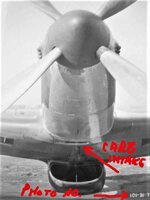ThomasP
Chief Master Sergeant
Also, there are several correct spellings for the mythical creature - ie Griffon, Griffin, and Gryphon in the English usage. In Turkish and Spanish it is spelled Grifon, in French it is Griffon, and in Italian it is Grifone.
Last edited:

